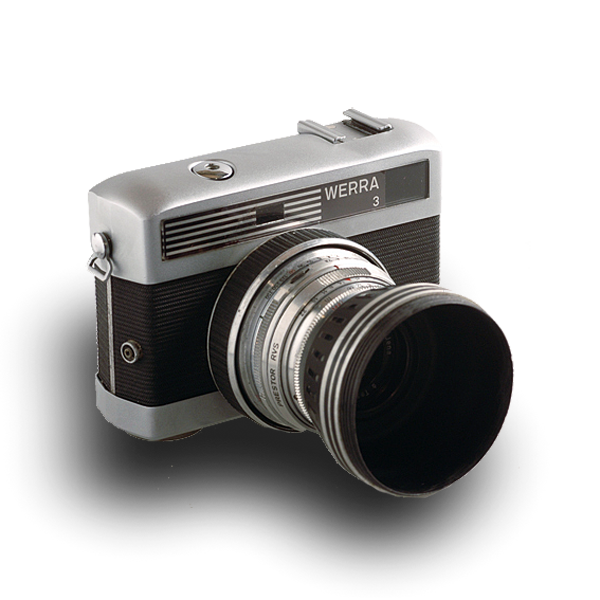
THIRD TIME’S THE CHARM
It certainly didn’t work out, but now it seems to be working. This will be the third attempt to build a website for my photography collection. Two previous attempts to do so have failed due to the fact that the respective providers lost my files. First you think that’s one time that something like this happens, but it won’t happen a second time. So you start enthusiastically with a second start of the website. Too bad! Again, months of work was lost when my website was transferred to another provider.
At first you are inclined to give up, but after a few days/weeks you muster up all the courage and start working with it again. The intention is now to learn from the mistakes of the past and to fully adapt the website to the latest state of the art. And that’s how it is!
How it started
The prime goal of my photography collection is to present and preserve an example of a broad range of cameras, peripherals and other accessories to give a visitor of the site an entertaining and rewarding trip to the world of the photography before bits and bytes.
Ok, it’s a very grandiose name for what amounts to a motley collection of old cameras. Most were donated by various people, some were bought at jumbles and eBay, some are old cameras that I have photographed with myself and which I have not been able to part with and finally other cameras procured at the going rate.
The whole thing started with just a handful of vintage cameras. The collection has grown in the meantime to over 600 cameras along with a lot of peripherals and other accessories.
Most of them, are not so called “collectibles”. You won’t find the exotica in here, the Leicas, Contax and Rolleis are the photographic elite of this world, instead this is the home of the humble, the ordinary and the everyday camera, that brings back a “deja-vu” feeling.
This ultimately leads me to the question: digital cameras are sold much more than still cameras and, moreover, everyone now takes pictures with their smartphone. All of this has resulted in traditional companies such as Nikon, Canon and others drastically cutting back on the production of film-based cameras.
Kodak still exists (just recently), but it is no longer what it once was. The company has stopped making most photographic papers, and the world’s last processing lab for Kodachrome, has discontinued its K-14 service forever. The question which remains is: what will be the future of film-based photography?
My take is this … I think there will always be photographers who prefer to work with film. Just an example: the oil painters didn’t stop painting when film was invented. Obviously, film is never again going to be the dominant market force in photography (after all the market demands convenience, and film will never be as convenient as digital). But the large niche market which has been building over the last few years should ensure that we never struggle to find somewhere to buy and process our films.

After starting out with an Agfa Clack that I got when I passed my high school entrance exam, this was my first serious camera with which I could really shoot: the Werra III. Exclusive in shape & design and with an interchangeable Jena-T lens.
Listed below are nine different topics covered on the site.
By clicking on the corresponding button you go (and that will certainly not surprise you)
to the relevant page within the site.
YEARS was I
2nd largest
in Greece
We are writing 2010. The Alonissos Museum has been waiting for years for government permission to show certain archaeological treasures to the public. Display cases have been purchased for this purpose and these are therefore empty in the entrance hall of the museum.
That’s where I come into the picture because I was allowed to use these display vitrines to exhibit my collection of old plate cameras, box cameras, miniature cameras, modern 35 mm SLR cameras and a number of early digital cameras.
That along with accessories such as films, flash guns, rangefinders, light meters, filters, tripods, etc.
Public interest was great. Over the years that the collection has been exhibited, at least 20,000 visitors have shown their admiration. It was therefore a pity that in 2017 a possible expansion of the collection in a new room of the museum could not take place due to internal problems.
So at the moment the collection is in boxes and crates at my house waiting for a better future. Maybe you know a solution to this problem. I will be grateful for it.
Below are some logos from companies that have been involved in the photography industry over the years.
Most of them no longer exist.
































































































































